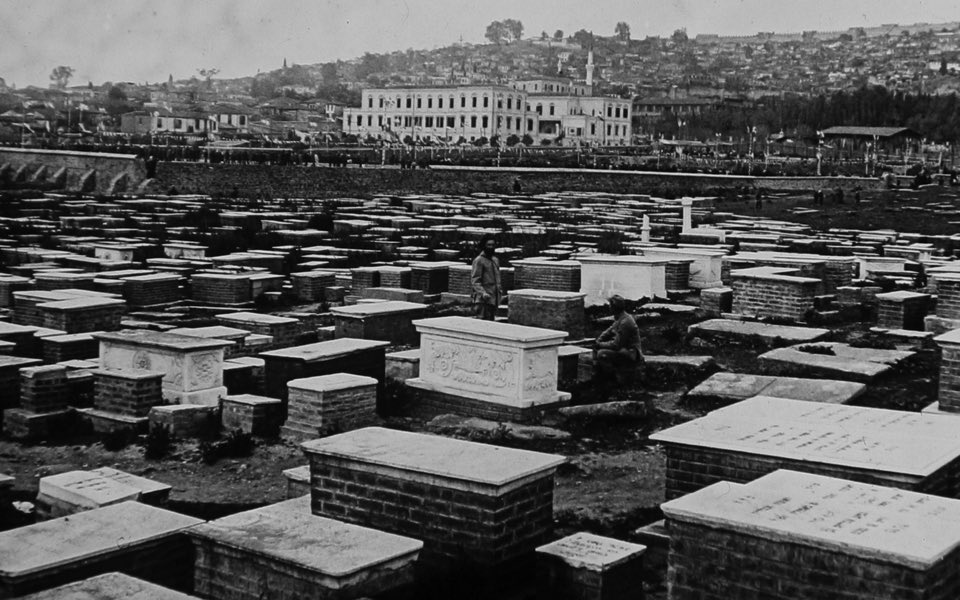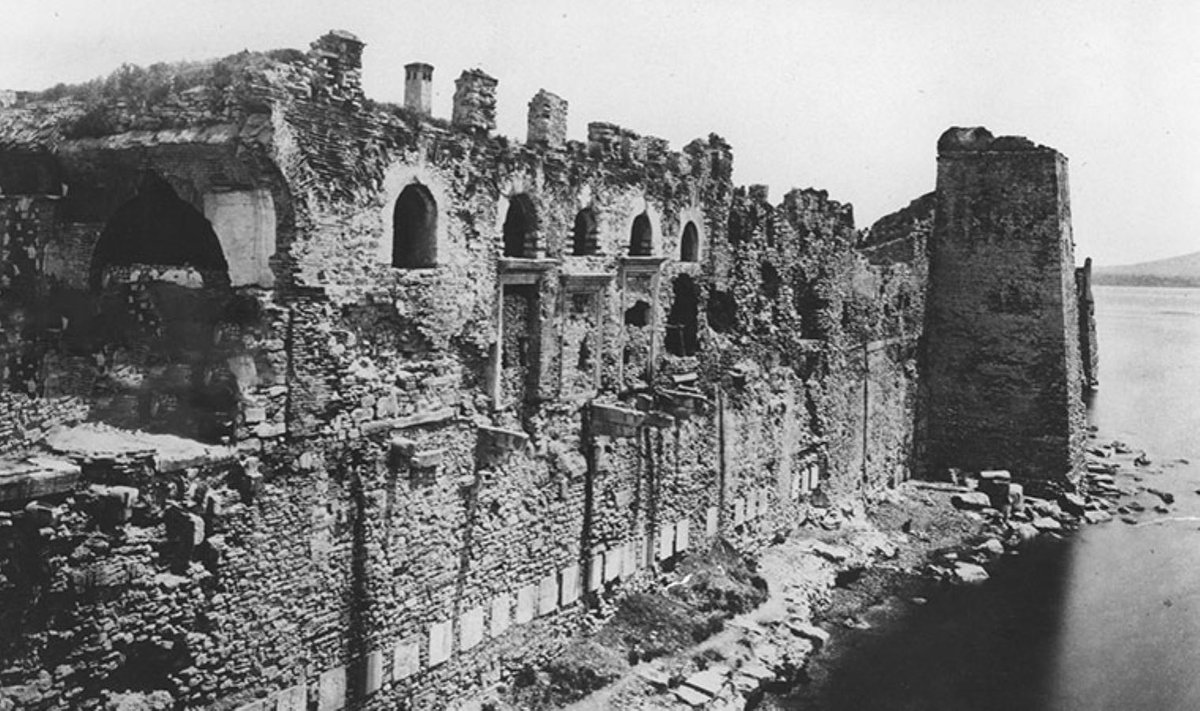The Jewish cemetery of #Salonica was once the largest Jewish cemetery in Europe, with over 350,000 graves. Its destruction began with the Hellenising policies of interwar Greece and concluded in 1942 during the Nazi occupation of the city. #Thread 



Whereas the Jewish cemetery was destroyed and incorporated as part of the Aristotle University, #Salonica’s Dönme cemetery became a football field, and the city’s main Muslim cemetery became the International Fair Ground. 

Though the vast majority of tombs in the Jewish cemetery belonged to #Sephardim, there were also many Ashkenazi tombs, as well as some headstones dating back to the Roman era. 

The tombstones of the Jewish cemetery reflected the rich history and linguistic background of Salonica’s #Jewish community, w/ inscriptions in Hebrew, Ladino, Portuguese, Italian, French, Yiddish, Turkish, and Greek. 

Proposals to destroy the cemetery began following the great fire of #Salonica in 1917. The Jewish community resisted, citing historical, archaeological, political, and cultural reasons. Nonetheless expropriations began in 1936 under the rule of Metaxas. 

Ultimately, the final blow to the cemetery occurred in 1942 during the #Nazi occupation of Salonica. The overwhelming majority of the city’s Jews were murdered in concentration camps, and the cemetery was razed to the ground. 

The thousands of Jewish tombstones from the destroyed cemetery were reused in construction sites across #Salonica, and can still be found scattered throughout the city’s buildings, parks, churches, and pavements. 

The first picture is of a German trench built with slabs from Salonica’s Jewish cemetery in #WWII. The second is of a swimming pool also built with Jewish tombstones. 



Jewish tombstones were also used in the restoration of the St Demetrius #Church, the National #Theatre of Northern Greece, several buildings belonging to the Aristotle #University, and even the cafeteria of the Yacht Club of Thessaloniki. 

In 2014, a memorial to the Jews of Salonica was erected within the grounds of #AristotleUniversity, where the cemetery once stood. 

The #memorial only references the destruction caused to the cemetery at the hands of the Nazis. Critics have pointed out how this acts to exculpate decades of erasure at the hands of the Greek state. 

My source for this thread was mainly Devin Naar’s book on the Jews of Salonica - my favourite read from 2020!
https://twitter.com/kenancruz/status/1470390687237558275
If you have taken any pictures of #Jewish tombstones scattered throughout the Salonica, please feel free to share them here!
• • •
Missing some Tweet in this thread? You can try to
force a refresh























